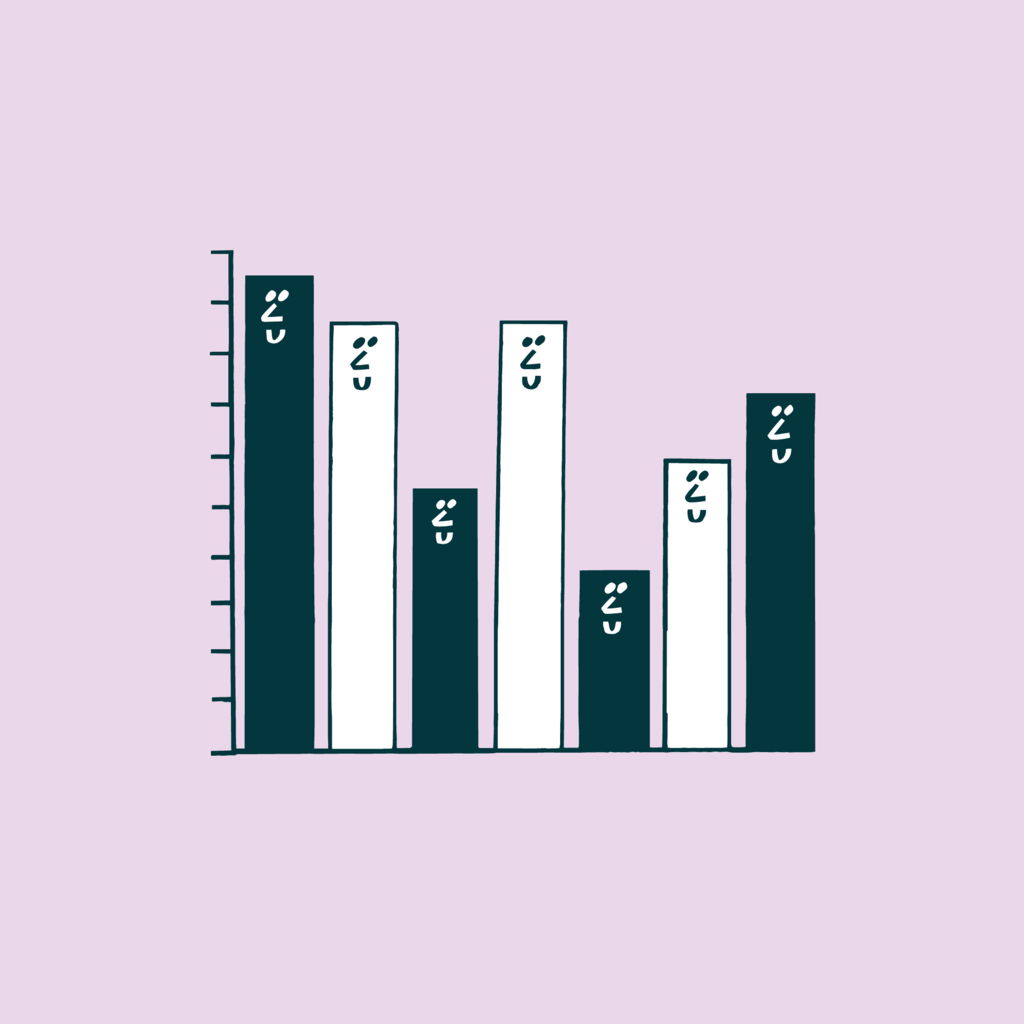
It’s an old cliché: “What gets measured gets done.” And, to that end, thecustomer service KPI(key performance indicator) is a great measurement tool for customer support teams. Unfortunately, many organizations make the mistake of not focusing on enoughcustomer service metrics.
The problem? There isn’t a single customer serviceKPIthat exists that will tell the entire story of your customer support team’s performance, productivity, andcustomer satisfaction. Plus, any KPI you use forcustomer service benchmarkingis going to affect your agents’ behavior. So, if you only measure tickets solved or handle time, then agents will likely strive to solve tickets as quickly as possible, and quality may suffer. If you only measure customer satisfaction (CSAT), then your employees may go past the point of diminishing returns in the amount of time they spend on each ticket. Choose a set of customer support metrics that balance competing behaviors so that you can get the balance between customer and agent experience that you aim for.
4 key types of customer service KPIs you should be tracking
1. Occupancy
A measure of the percentage of an agent’s day that is spent working on the things your organization expects them to. Occupancy metrics include cost per contact, tickets solved per day, and ticket volumes by channel.
2. Productivity
While this will vary by organization, examples of these metrics include tickets solved per hour, public comments per hour, and tickets attended per hour. The metric you select is dependent upon how your organization measures productive work for dealing with customers.
3. Handling
This refers to the average time it takes for an agent to solve a ticket. These will vary by channel; for example, handle time in a call center is going to be different from an email ticket.
4. Customer experience
This KPI will help drive decisions your team makes. KPIs that help measure customer experience include: customer satisfaction (CSAT), first response time (FRT), Net Promoter Score (NPS), Customer Effort Score (CES) and one touch resolutions.
Other metrics that can help
Reopened Tickets:This one isn’t a KPI, per se, but it’s a great metric to include in your executive reporting. Keep in mind that this may not be an indicator of poor performance as it often pertains to tricky tickets, but if other metrics are in the red, this one could be indicative of a bigger issue.
Employee Engagement:代理不as keen to help others when they can’t get into their work. Your company should utilize agent satisfaction surveys to analyze the obstacles in the workplace and see where there are opportunities for improvement.
So, why is it bad to measure only one of the above customer service KPIs? To illustrate why measuring the above metrics is important, let’s take a look at an example of what happens when we only measure one type of customer service KPI.
Why measuring only Occupancy is bad:
Occupancy indicates how much of an agent’s time they are paid for is spent working on the things your organization wants them to work on. It’s a critical KPI because it answers the first question: “Is time being spent where it should be spent?” But what it doesn’t tell us is if that time is being used productively. Effectively tracking productivity means there are other metrics to consider.
Why measuring only Productivity is bad:
Productivity is a critical component because it tells us how much work an agent is doing. What it does not tell us is the quality of the work performed (Satisfaction) nor does it tell us if productivity is being maximized by filling all available time (Occupancy). If a customer receives poor customer service, productivity likely won’t be the correct indicator to look at.
Key takeaway:
Each type of customer service KPI mentioned in this article is critical, but to truly understand the bigger picture consider all of them. A customer that receives a positive support experience will engage have engaged with employees shaped by these KPIs. You’ll just need to be sure to strike a balance between them all.
Learn more about the power ofcustomer service data
This guest post was written by David Birchmier, CEO and founder ofTymeshift

Zendesk research: analytics
Support organizations that measure, improve. And we have the research to prove it.
Zendesk research: analytics
Support organizations that measure, improve. And we have the research to prove it.
Read the report




